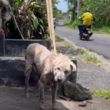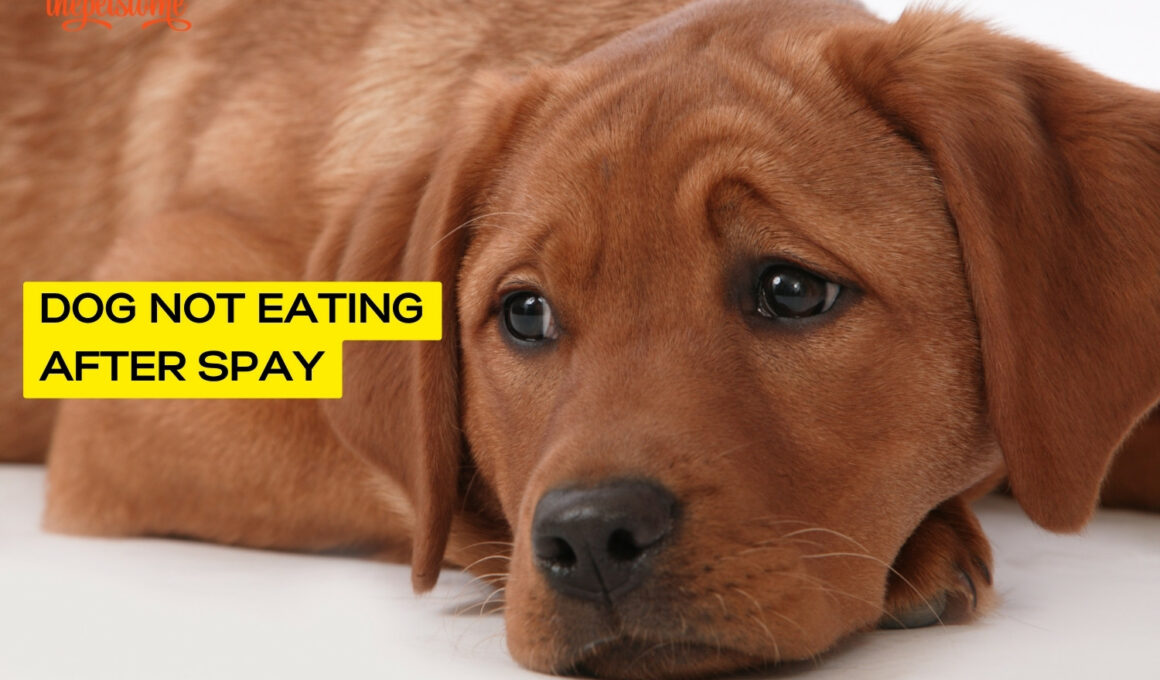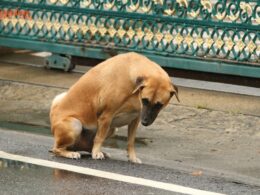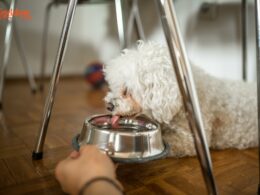Table of Contents Show
Did you get your dog spayed and notice that she is uninterested in food? Spaying a dog is a standard surgical procedure pet owners opt have done for various reasons, including preventing unwanted pregnancies, reducing the risk of certain diseases, and mitigating behavioral issues.
However, after the procedure, some pet owners may notice that their furry companion is not interested in eating as much as usual or not at all. This can be very worrisome and concerning, especially if the dog is not recovering correctly or in pain.
If your dog is not eating after being spayed, there could be several reasons for this behavior. It may be due to the anesthesia used during the surgery, a reaction to pain medication, or even a psychological response to the change in routine.
It is essential to take action to get your dog eating again, as they need proper nourishment to heal and recover from the surgery. There are a few steps that you can take to encourage your pet to eat, such as offering smaller, more frequent meals, using more appealing food, and reducing stressors in their environment.
In this blog post, we will explore the causes of the lack of appetite after this procedure in dogs, and provide tips and guidance on what you can do to help your furry friend start eating again and get back on the road to recovery.
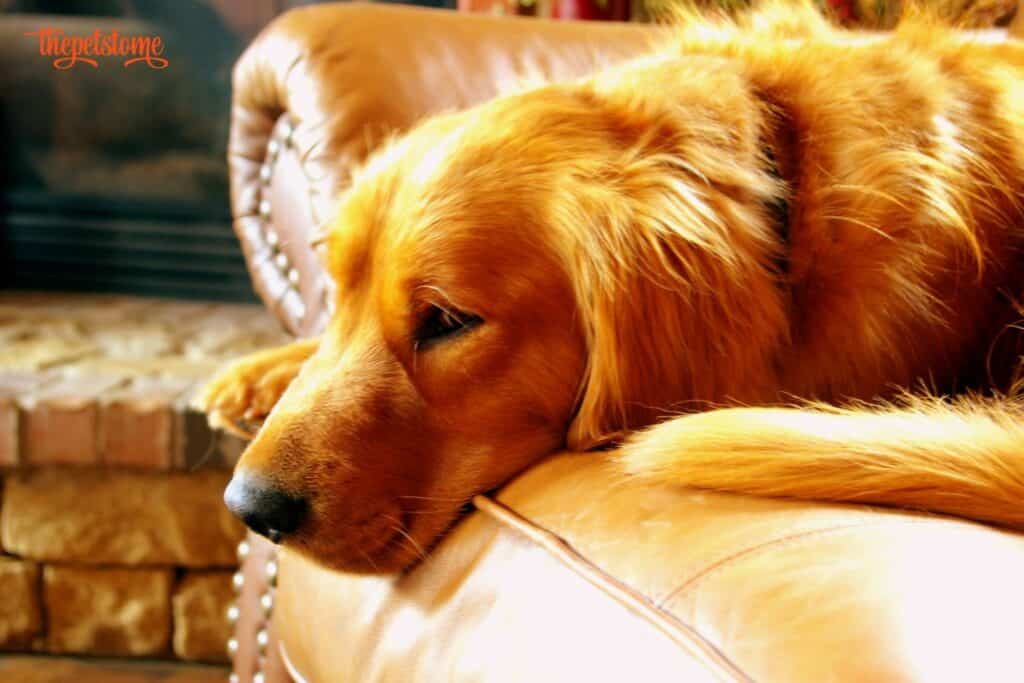
Possible Reasons Why Your Dog Won’t Eat After Spay
There are several potential reasons why your dog may not want to eat after being spayed. Some common causes of reduced appetite after surgery include;
1. Anesthetics
During spay surgery, your dog will likely be put under general anesthesia. Anesthesia can leave a dog feeling groggy, disoriented, and less interested in food than usual. This effect can last for several hours or even days after the procedure.
Some of these drugs administered during this procedure can also cause nausea and reduce appetite.
2. Pain
After surgery, dogs may experience pain and discomfort in the abdominal area. This can make them hesitant to eat, particularly if they have to engage in physical activity to reach their food. Pain can also lead to vomiting and diarrhea, which can further contribute to appetite loss.
3. Stress
Surgery can be a stressful event for dogs, particularly if they are not used to being separated from their owner or are recovering in a new place. Stress can cause dogs to lose their appetite and may also lead to other physical symptoms like restlessness anxiety or depression.
4. Post-operative Complications
Sometimes, dogs may experience complications in the days after surgery, such as inflammation or infection in and around the surgical site. These conditions can cause pain, inflammation, and fever, which can all negatively impact appetite.
5. Changes In Routine
Following surgery, dogs may need to adjust to a new feeding schedule or type of food. These changes can cause anxiety and apprehension, leading them to lose interest in eating.
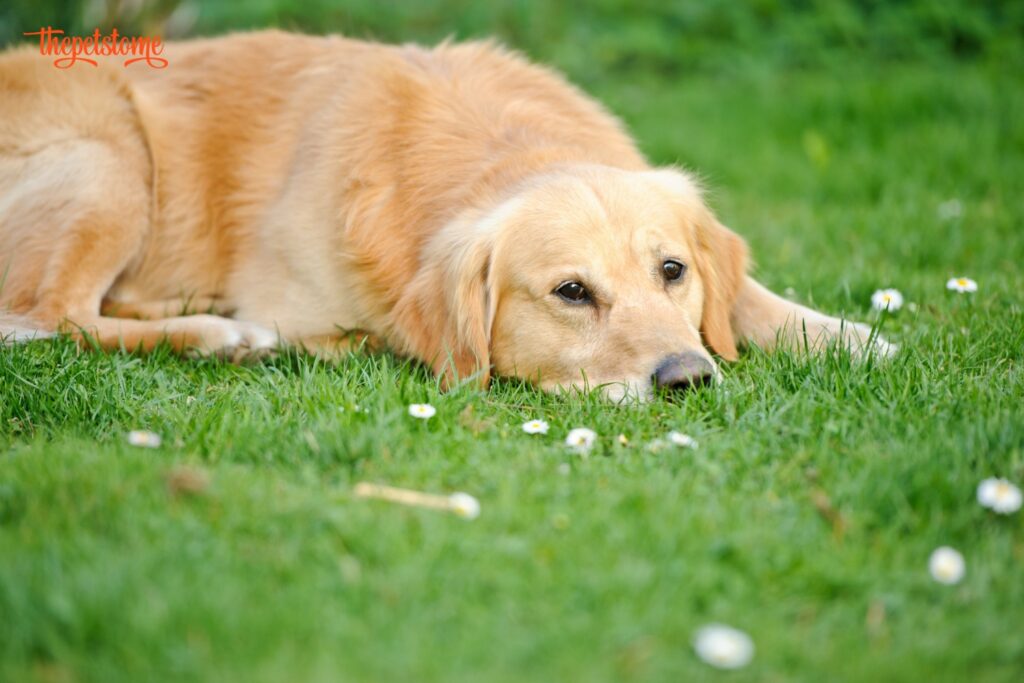
Tips On How To Encourage Your Dog To Eat
If your dog doesn’t have any form of interest in food or eating right after spay surgery, there are certain things that you can do to help encourage them to eat. Here are a few tips that you will find very helpful;
1. Offer Small Frequent Meals
After surgery, your dog may not feel up for eating large amounts of food. To get them eating again, try offering several small meals throughout the day instead of one or two bigger meals.
2. Warm Up Dog’s Food
Warming your dog’s food can make it more appealing to them. Try heating up their food in a microwave or giving them warm water to encourage them to eat.
3. Entice Your Dog
Dogs are attracted to strong smells, so offering them doods that have a strong and nice aroma, such as high-quality canned dog food, their favorite human food, or freshly cooked meat can help whet their appetite.
4. Provide Tasty Treats
Sometimes, a small and tasty snack can help jumpstart your dog’s appetite. Offer a small piece of cooked chicken, cheese, or peanut butter to entice them to eat their usual and regular food.
5. Eliminate Stress
Dogs that are experiencing stress or anxiety may not be interested in eating. To combat this, try to reduce your dog’s stress levels by keeping them in a quiet and comfortable place with plenty of rest.
6. Make Water Available
Ensure that fresh, and clean water is readily available and accessible to your dog as your dog needs to stay hydrated, especially at this time.
Wrapping Up
A lack of appetite is a common issue that some dogs experience after being spayed. There are many potential reasons why this happens, including the effects of anesthesia, stress, pain, postoperative complications, or changes in routine.
If your dog is not interested in eating after being spayed, there are several things you can do, such as offering frequent small meals, warming up their food, providing tasty treats, and reducing stress among other things.
Remember that if your dog’s loss of appetite persists or they show other symptoms, you should talk to your veterinarian. They can provide further advice on getting your dog to eat again and rule out any other underlying medical conditions.

